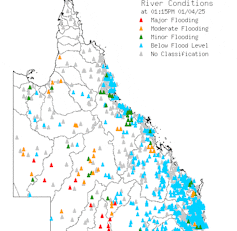
Torrential rains created devastating inland seas in outback Queensland. Soon, they will fill Kati Thanda-Lake Eyre
The small Queensland town of Eromanga bills itself as Australia’s town furthest from the sea. But this week, an ocean Läs mer…
Nyheter och länkar - en bra startsida helt enkelt |Oculus lyx vitae

The small Queensland town of Eromanga bills itself as Australia’s town furthest from the sea. But this week, an ocean Läs mer…